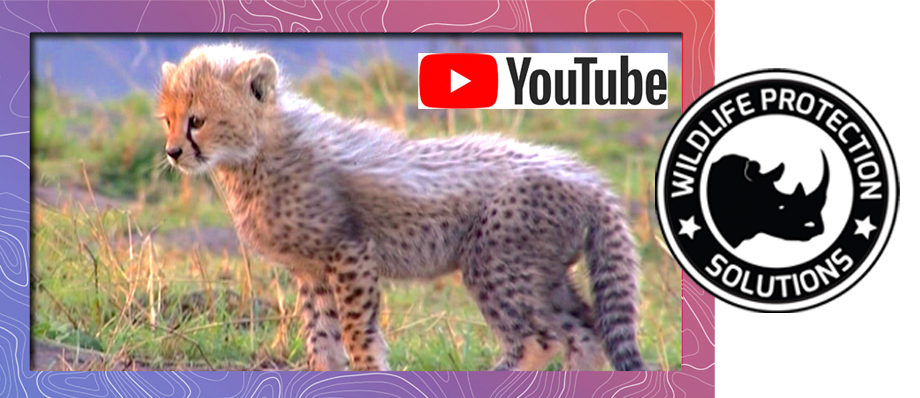
Did you know that WPS has a YouTube wildlife channel?
In addition to developing and installing technology to catch poachers, our team and partners film wildlife in locations around the world. Sharing spectacular footage and conservation facts with audiences is one way we hope to inspire stewardship for animals of all stripes and sizes.
If you’re not yet a member, subscribe today and travel for free to see
up-close and unusual clips of elephants, rhinos, lions, crocodiles, orangutans, and many other animals in their native habitat.
The following YouTube posts shot in 360 VR are a sample of what you’ll experience. Remember to scroll around the scene for immersive views of wildlife and their surroundings:
Elephants at a Waterhole Show Tranquil Power | Wildlife in 360 VR
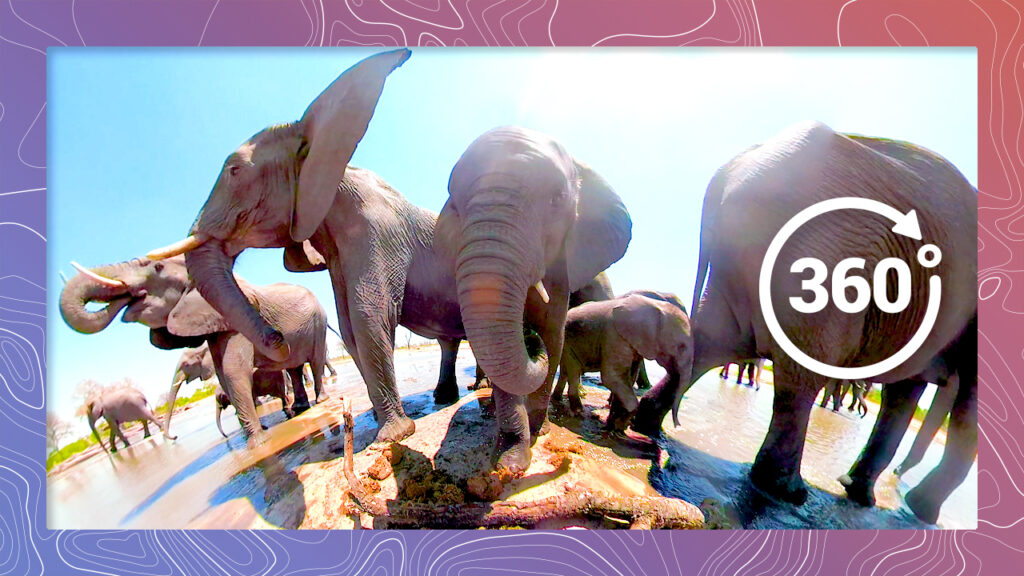
Elephants enjoy the tranquility of a quiet waterhole in Zimbabwe’s Hwange National Park. In dry season, when water is scarce, herds from miles around aggregate at waterholes and take turns drinking and then moving off to give others access. As these elephants pass by the camera, various individuals, with ears spread, threaten it, while others sniff or jostle it in curiosity.
All Cats are Cute and Curious — Lion Cub Chews Camera | Wildlife in 360 VR
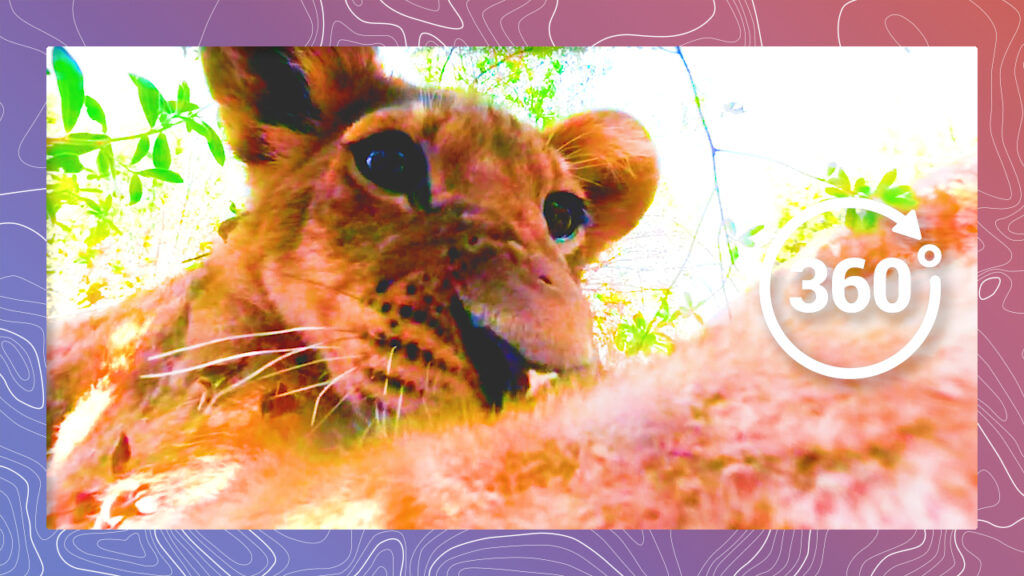
A curious lion cub in Zimbabwe plays with, chews on, and tries to swallow a tripod and 360-degree camera. The cub does its best to figure out how the camera might be killed and devoured. Does its playfulness remind you of a house cat?
Wildebeest Stampede | Wildlife in 360 VR
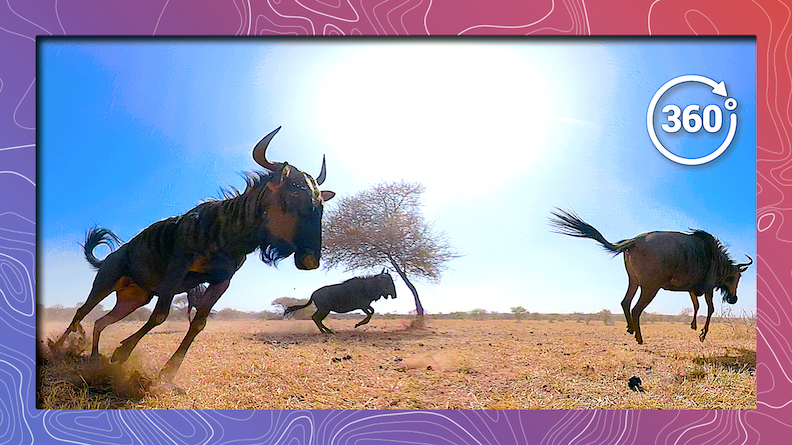
Blue wildebeest in South Africa get spooked and stampede when they fear they are being chased by a lion or other predator. Their tight formation and sharp turns confuse predators and complicate take-downs, so practicing these moves makes sense.
Veterinary Rhino Dehorning Procedure | Wildlife in 360 VR
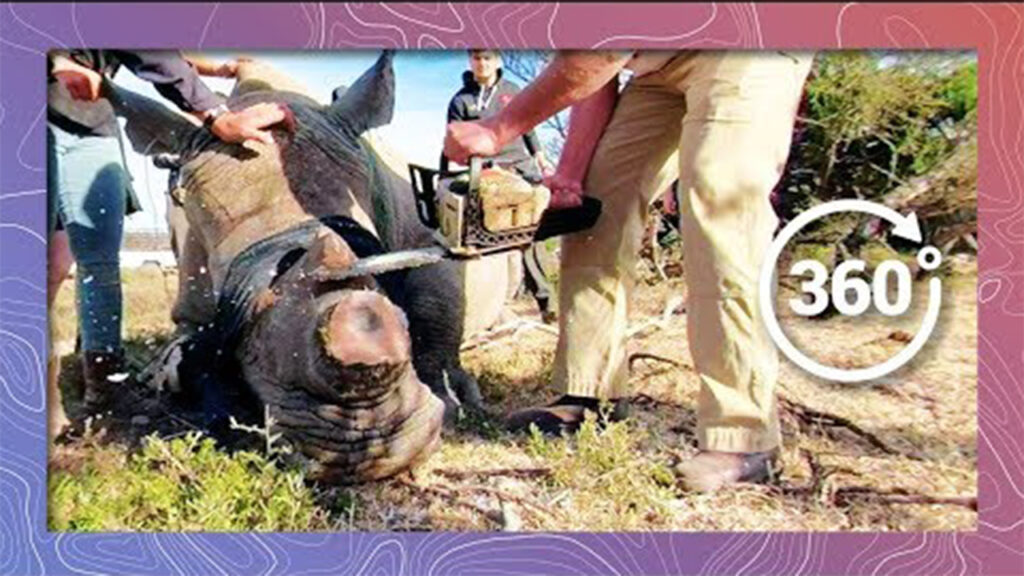
Watch a rhino being dehorned by a team of veterinarians to protect it from poaching. Horns grow back over time, with recent studies claiming that the re-growth of dehorned rhino horn appears faster than growth in non-dehorned rhinos. Some wildlife reserves believe this to be an effective deterrent against poaching, and, therefore, remove the horns every 12-24 months.
Black Browed Albatross Cares for Chick | Wildlife In 360 VR
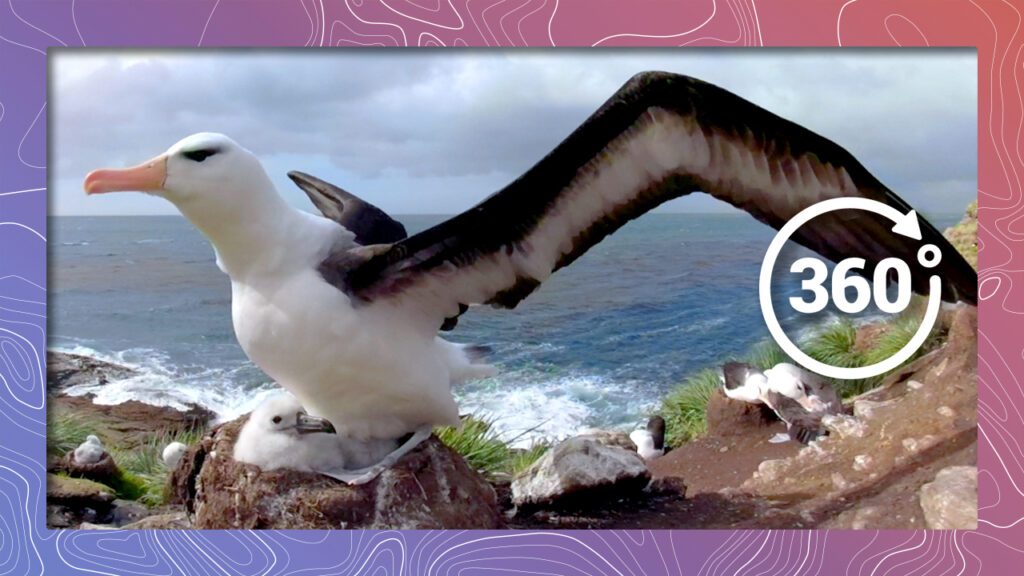
A black-browed albatross preens, feeds, and keeps its chick warm in a nest made of mud, guano (poop), and coastal grasses. Black-browed albatross breed in large colonies on top of cliffs in the Falkland Islands archipelago (Islas Malvinas) in the South Atlantic Ocean. They mate for life and have a potential lifespan of up to 70 years. However, tens of thousands are killed each year by longline fishing vessels, which trail thousands of baited hooks on lines up to 80 miles long. Albatross mistake the bait for squid, krill and fish eggs floating at or near the ocean’s surface.
Article by Julie West, WPS Communications Specialist | Sue Palmenteri, WPS Science Writer

